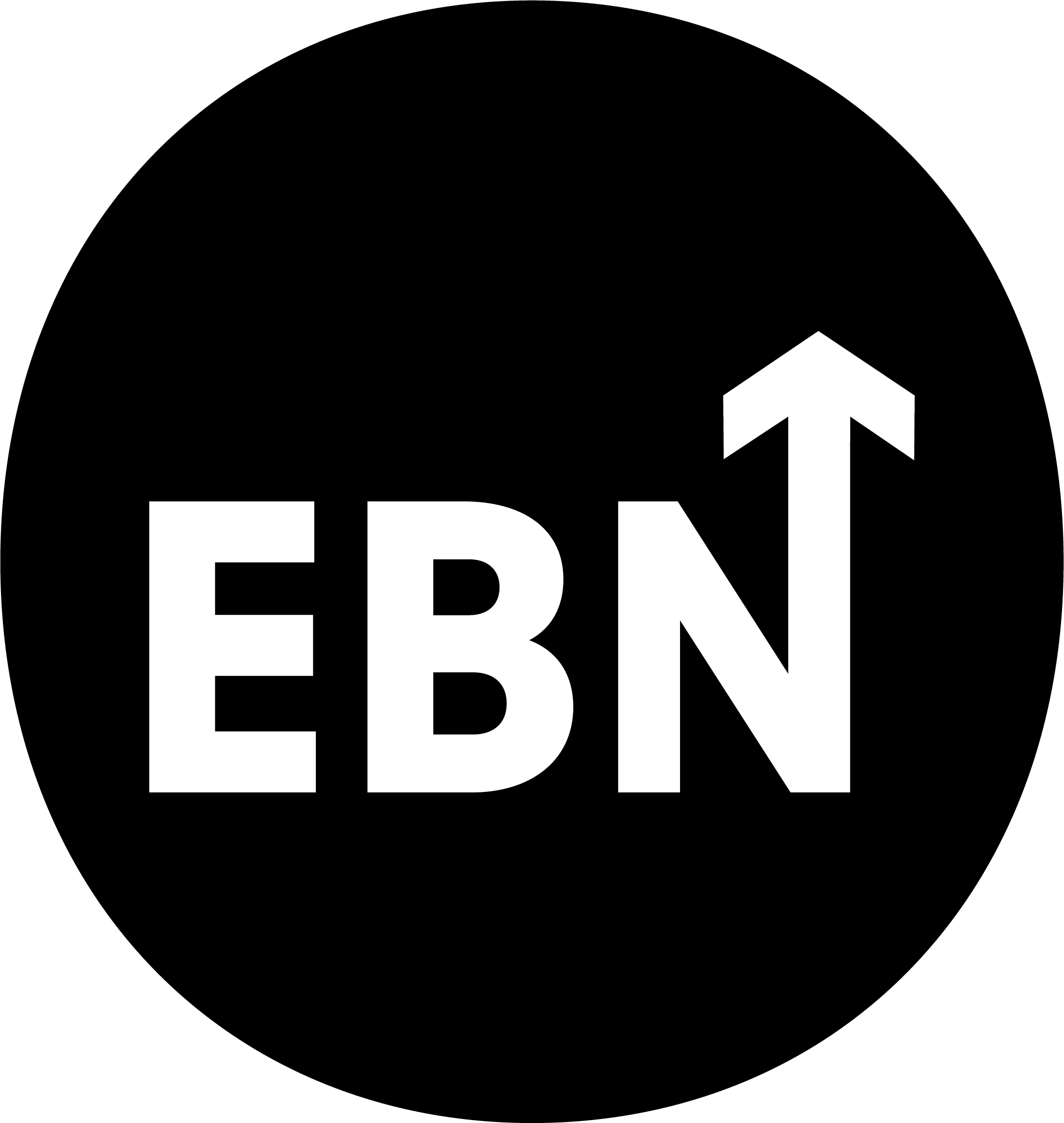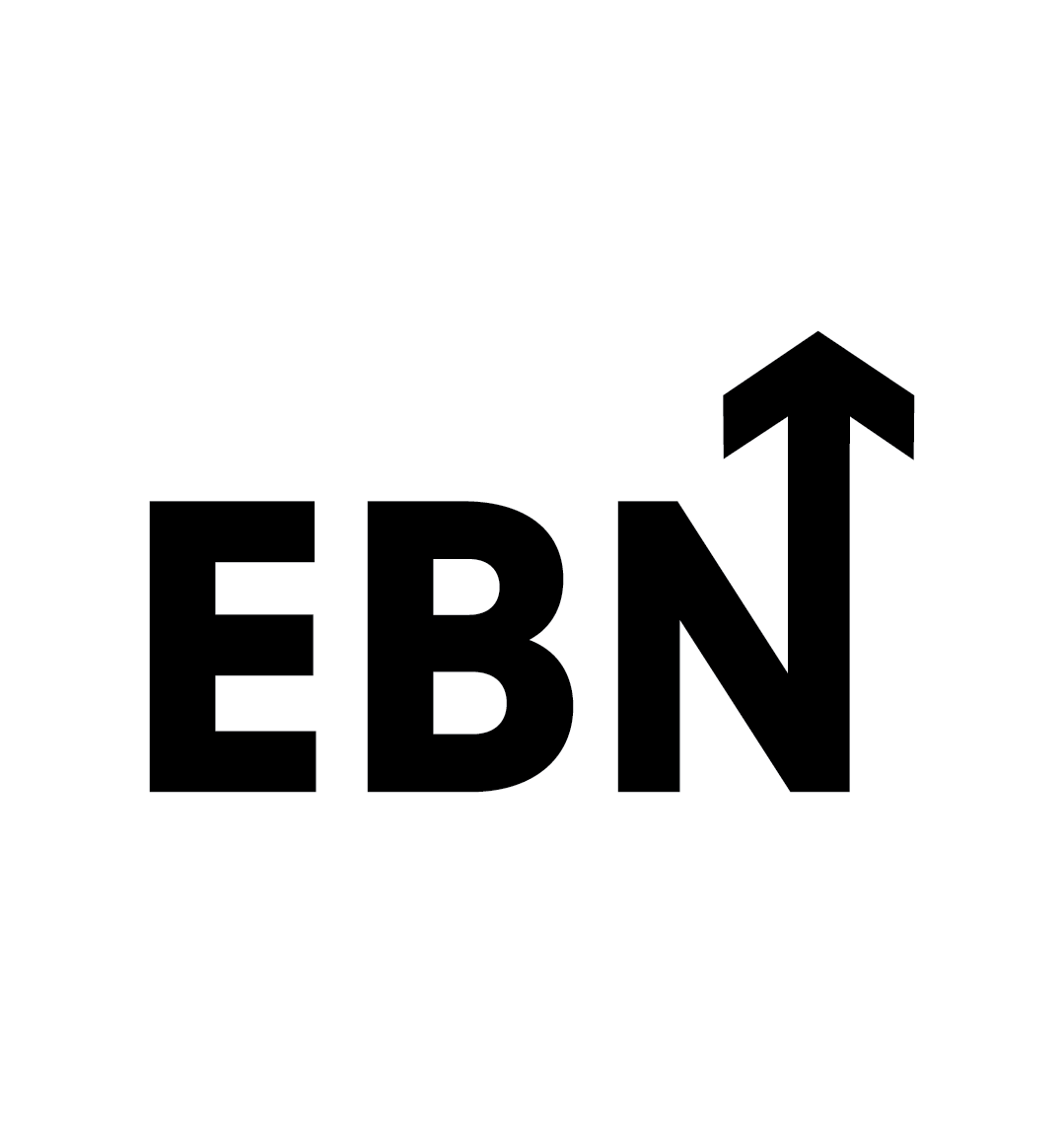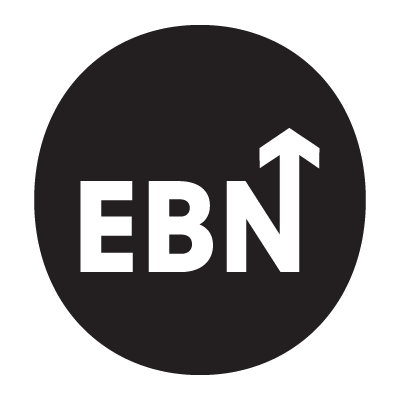According to Gartner, only 9% of HR functions are genuinely efficient and aligned with their organisation's needs. As businesses rapidly evolve, HR is faced with a myriad of new priorities and challenges.
It's time for HR to take the lead and become a driving force within the organisation, fostering collaboration and breaking down silos to thrive in today’s dynamic environment.
Momentum isn’t always progress, especially when you always end up back where you started.
Fathom helps you escape the loop. With insight, not intuition.
Among these pressing HR priorities, enhancing the employee experience, or the employee value proposition (EVP), stands out as a top priority, as highlighted in Mercer's 2024 People Agenda, underscoring its significance in Hong Kong, Asia, and globally.
I've gained firsthand experience in navigating the diverse perspectives on this topic, which has made my role incredibly rewarding. Drawing from my extensive experience in talent acquisition and employer branding across diverse industries in Asia Pacific, I am deeply passionate about delving into the unique mindsets of chief human resources officers (CHROs), talent acquisitions (TA) and employer branding (EB) professionals and their impacts on driving the effectiveness of talent attraction and employee engagement strategies.
Irrespective of whether the employer branding function resides within HR, it is imperative to enhance collaboration to advance an employer brand to the next level and attract, engage, and retain top talent for organisations.
CHROs: The People-Centric Catalyser
The role of CHROs is pivotal in determining the success of any organisation. They are responsible for nurturing talent within the company, treating employees as long-term assets, and investing in their growth and development. Working alongside company leaders, they strive to create a positive work culture that promotes employee retention and engagement and understands how workplace dynamics can significantly influence employee performance and morale.
CHROs take a strategic, long-term approach to workforce planning, carefully considering how hiring decisions will impact the organisation's future. According to the Conference Board Asia, the top priorities for Asia CHROs in 2024 include driving business growth, transforming talent strategy, improving the employee experience, and developing future-proof skills. Additionally, there is a strong emphasis on prioritising employee well-being, leveraging technology such as AI, and crafting DEI and ESG strategies for Asia.
Helping HR, talent acquisition, employer branding, and company culture professionals find careers worth smiling about.
CEOs now expect CHROs to play a new role as a catalyst for business growth by enabling higher performance with top talent and implementing cost-efficient strategies to boost productivity, engagement, and retention, moving beyond traditional HR functions. Given the changing preferences of talent, who now prioritise flexibility, work-life balance, and company culture, CHROs are concentrating on improving engagement and productivity by providing outstanding employee experiences at every stage of the employee journey.
This aligns with the evolving expectations of candidates and employees, who seek personalised job opportunities and content delivered to them like consumer marketing. This involves crafting and activating a compelling EVP and nurturing an inclusive culture that empowers employees to thrive with the support of managers and leaders. However, with tighter control on headcount, there is an increased risk of work overload, burnout, and attrition, particularly in Asia's culture of long working hours. Asian CHROs are keen to adopt a proactive approach to enhancing employee well-being, and addressing deeper organisational issues rather than surface-level perks.
Another critical priority is enhancing workforce quality and investing in upskilling and reskilling initiatives, such as internal mobility, to meet future business needs. Leveraging AI and advanced automation tools is rapidly becoming essential for HR to enhance the candidate experience, recruiter, and other operational effectiveness while shaping positive employee perceptions of technology as an enabler, not a threat.
Talent Acquisition Professionals: The Recruiters
TA involves a strategic approach to identifying, attracting, and hiring top talent. TA professionals are focused on quickly and effectively filling positions. They use metrics such as time-to-fill, cost-per-hire, hiring manager and candidate satisfaction to guide their strategies. Some see recruiting as a sales process, highlighting the organisation's rewards and opportunities to potential candidates while keeping an eye on industry trends to attract top talent. However, this approach prioritises short-term needs over creating an exceptional candidate experience and cultivating a robust talent pool for the long term. It also tends to focus on candidates already interested in the organisation rather than attracting passive candidates. TA is likely to pay less attention to critical aspects of onboarding and the employee journey throughout the employee life cycle, as their primary responsibility ends once the positions are filled.
"The Future of Recruiting 2024" by LinkedIn suggests that TA has traditionally focused on metrics such as time-to-fill and offer acceptance rates. However, there is a noticeable shift, with TA also being evaluated on the quality of hire. As the skills necessary for corporate success continue to evolve, TA plays a vital role in building the skills-based workforce of the future. An impressive 62% of recruiting professionals are optimistic about the transformative potential of AI and Generative AI in recruitment. Moreover, recruiting teams are gearing up to champion flexible work and well-being offerings, recognising them as crucial talent drivers across diverse industries worldwide. Understanding the challenges TA faces in attracting and engaging with Gen Z, it’s evident that employer branding will remain a top priority as Gen Z’s becomes a larger portion of the workforce so expect to see more content or Gen Z aligned topics, such as DEI and ESG.
Employer Branding Professionals: The Brand Ambassadors
EB professionals are masters of storytelling, weaving a captivating narrative about the organisation to forge a deep emotional bond with potential candidates. They aim to shape the organisation's perception within the job market and elevate its status as an employer of choice. By understanding the target audience and tailoring messages to resonate with them, they harness the power of social media, content marketing, and employee testimonials to get their brand noticed and preferred. Dedicated to crafting an irresistible image of the organisation as a good workplace, EB manages the employer's reputation in an attempt to attract and retain top-tier talent. Their efforts extend beyond active hiring, aiming to draw in passive candidates - often high performers who are more likely to stay with their new employers. Fostering a seamless fit between the organisation and the candidate drives substantial cost savings because of a wrong hire and the premium required to attract top talent.
Done well, employer branding drives engagement, amplifies employee effort and performance, and reduces retention.
Despite the global hiring slowdown in 2024, EB remains focused on creating an exceptional employee experience that will get the company recognised as a great workplace and enhance employee advocacy on social media, career sites, and review platforms. Their priorities include creating or refreshing and activating the company's EVP, producing engaging and localised employee-led content and embracing tools such as Generative AI to optimise their approach. Their focus is maintaining brand visibility and fostering better collaboration from business, HR, communications, and marketing teams to strengthen the external and internal employer brand activation efforts. Despite the escalating significance of attracting and retaining top talent, EB struggles with constraints such as limited budgets, inadequate headcount, misunderstood skillsets, and a constant need for relatable and updated employee stories and content.
In Asia, a trend of appointing less experienced individuals for EB roles and burdening them with additional responsibilities has emerged.
Compounding things further, many organisations seem inclined to put their EB role for Asia in lower-cost countries instead of more mature markets to optimise expenditures.
When CHROs cultivate culture and nurture employees, EB emphasises brand reputation, and TA sources candidates for the job openings simultaneously…
Good CHROs are passionately dedicated to fostering a work environment prioritising employee well-being and job satisfaction. They place significant emphasis on nurturing company culture and fostering long-term employee growth. By actively seeking input from various stakeholders, they ensure that policies and initiatives are aligned with the workforce's needs while reinforcing the organisation’s values and mission. In TA, the focus is on swiftly attracting top talent to maintain recruitment efficiency, utilising specific quantitative metrics, such as time-to-hire, to measure success, and effectively communicating the role and organisational benefits to candidates. Meanwhile, EB professionals are driven to craft a positive perception of the organisation in the job market, positioning it as an employer of choice. They engage potential candidates through storytelling techniques, visuals, and multimedia content, ensuring that messaging resonates with their interests and values.
However, CHROs often face balancing immediate hiring needs with long-term workforce planning and employee development strategies. Resistance from management can hinder the implementation of new policies and cultural shifts, as HR, particularly in Asia, may be stretched thin, leading to employer branding and even talent acquisition taking a lower priority. Limited resources for EB and TA can further impede the implementation of comprehensive talent attraction and acquisition strategies, ultimately impacting the quality of hires.
The pressure for TA to fill roles quickly and the misalignment between talent expectations and organisational culture because of insufficient employer branding efforts can lead to hasty hiring decisions, potentially resulting in poor fits and high turnover rates.
Furthermore, EB faces significant challenges in connecting the HR and TA's desired employer brand message with the actual employee experience and the preferences of potential candidates. This disconnect can seriously harm the credibility of the employer brand and result in negative reviews. It is imperative to ensure consistent employer brand communication across external and internal touchpoints to strategically drive a positive impact on employer brand perception, eliminate confusion about the organisation’s value, and ultimately attract and engage top talent. However, HR and TA are inclined to communicate as needed, hindering these efforts. Additionally, it's important to note that the impact of employer branding initiatives takes time to reveal and may not impact the immediate hiring demands, making it challenging to demonstrate ROI and secure ongoing support from HR and TA.
Why Should We Care? Let’s Take a Closer Look…
I have thoroughly analysed the current landscape of employer branding, and it's clear that there is a significant misalignment among CHROs, TA, and EB, impacting the effectiveness of employer branding. Many organisations only prioritise employer branding during hiring, often equating it with their product brand and employee perks. Worse still, organisations tend to overstate their impact by portraying their jobs as highly meaningful and reciting the company's core values and purpose as their EVP. Unfortunately, these efforts often result in all EVPs sounding identical – focusing on talking about feelings without truly engaging talents emotionally. In reality, employer branding should be an ongoing effort around the organisation's culture and core attributes aligned with its true strengths and strategic objectives. It should be authentic and humanised, taking into account local talent preferences and nauances. Rather than just highlighting features matching talent needs, it should provide a lifelike experience, extend beyond the work level, and focus on emotions.
This approach is crucial for creating and activating a compelling and differentiated employer brand.
Wondering how to shift towards a Winning EVP? What should we do?
Given the relatively underdeveloped state of employer branding in Asia and many other regions globally, there is a pressing need to understand the distinct mindsets and roles of CHROs, TA and EB professionals within organisations. This represents a remarkable opportunity for EB professionals to champion the EVP through collaborative efforts with various HR stakeholders, particularly CHROs and TA professionals, who recognise its profound impact on talent attraction, employee experience, engagement, and organisational culture. Collaboration is not simply a “nice-to-have” but an essential element for organisations to thrive and excel in their talent strategy.
What’s in Their Minds? A Look at the 4Ws (Who, What, Why, How)
I encourage you to examine the 4Ws, reflect on your own experiences, and identify the differences for your organisation. Decoding the mindsets of CHROs, TA, and EB professionals is just the beginning.
My next article in this series will unveil the importance of fostering collaboration among CHROs, TA, and EB professionals. I will reveal how a seamlessly integrated approach can unlock the potential for impactful employer brand activation, ultimately driving talent attraction and elevating employee engagement.
FAQ
What is the role of a CHRO (Chief Human Resources Officer)?
CHROs focus on employee well-being, workforce development, and long-term talent strategies. They align HR policies with business objectives and foster a strong company culture.
How does Talent Acquisition differ from HR?
Talent Acquisition focuses on quickly and efficiently hiring the right candidates using metrics like time-to-hire and candidate satisfaction. They often prioritize short-term recruitment needs.
What is the responsibility of Employer Branding professionals?
EB professionals manage a company's image as an employer, using storytelling and content to attract talent. They aim to create a positive perception in the job market.
How can HR, TA, and EB teams work better together?
Collaboration is essential. By aligning their goals, these teams can ensure a strong employer brand, seamless recruitment, and a positive employee experience.
Why is employer branding important for recruitment?
A strong employer brand attracts top talent and improves retention by fostering an emotional connection with candidates, leading to better long-term hires.
How does the employee experience relate to employer branding?
The employee experience, from onboarding to development, influences a company's reputation. Positive experiences can enhance employer branding and attract new talent.
How can organisations bridge gaps between HR, TA, and EB teams?
Encouraging collaboration and regular communication among teams can align their strategies, improving recruitment efficiency and overall employee satisfaction.
Guest Writer
Onis Wong is a seasoned Talent Attraction and Talent Acquisition Strategist with over 20 years of experience propelling growth in global organisations. At HSBC, she led countless innovative talent attraction and recruitment marketing initiatives for the Wealth and Personal Banking business, distinguishing the brand in a competitive market and attracting top-tier talent in Asia.
Before HSBC, Onis revolutionised talent acquisition and employer branding strategies at BASF, streamlining recruitment processes and implementing best practices across the Asia Pacific region. Her strategic insights and collaborative leadership style have made her a recognised force in shaping organisational success and fostering a thriving workplace culture.
What is Refractions?
In an industry often shaped by convention, Refractions brings a fresh angle. This series takes established perspectives in employer branding and talent acquisition, bends them, and reveals new facets: insights that might otherwise be missed in a straightforward view.
Why Refractions? Just as light refractions create vibrant, multi-dimensional colors, this series seeks to shine a sharper light on the field. With contributions from thought leaders, industry disruptors, and experienced voices, each article reflects something familiar but with a unique twist, breaking down complex topics and reconfiguring them through the lens of innovation.
Every piece in Refractions is designed for those who value depth and discovery, exploring the latest currents and trends in employer branding to reimagine what’s possible in today’s shifting talent landscape. Because sometimes, all it takes to see things clearly is a new perspective.



![[01] Frenemies or Just Misunderstood? Inside the Minds of HR, Talent Acquisition, and Employer Branding Professionals](/content/images/size/w1284/format/webp/2024/10/01.png)



